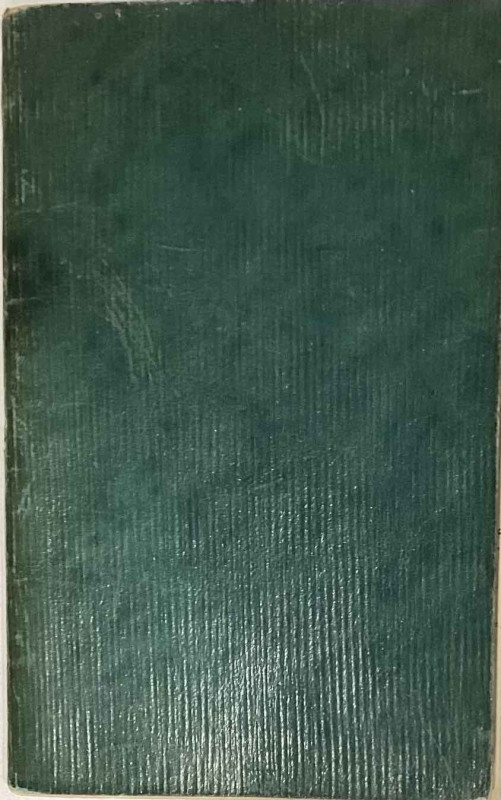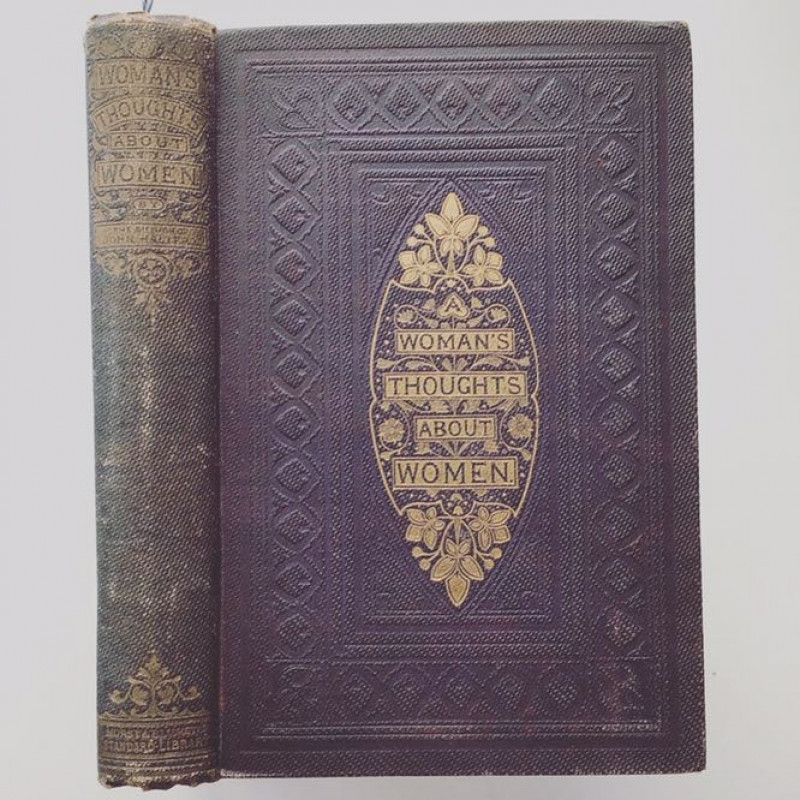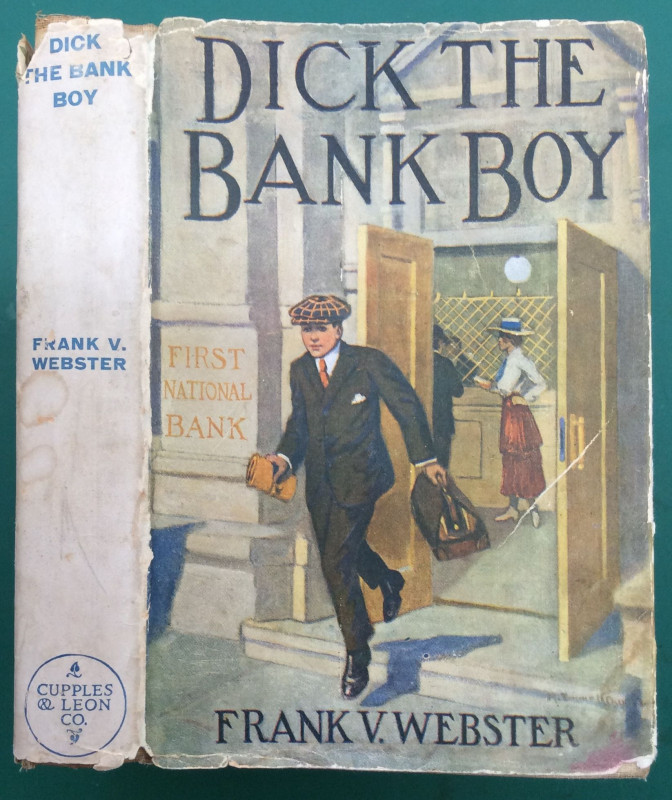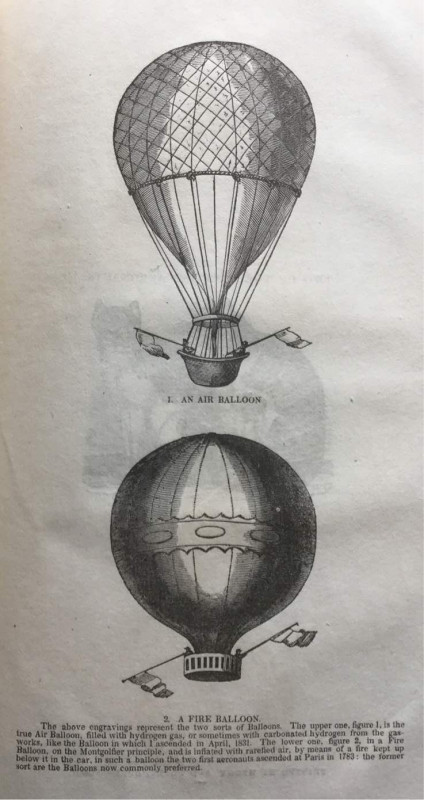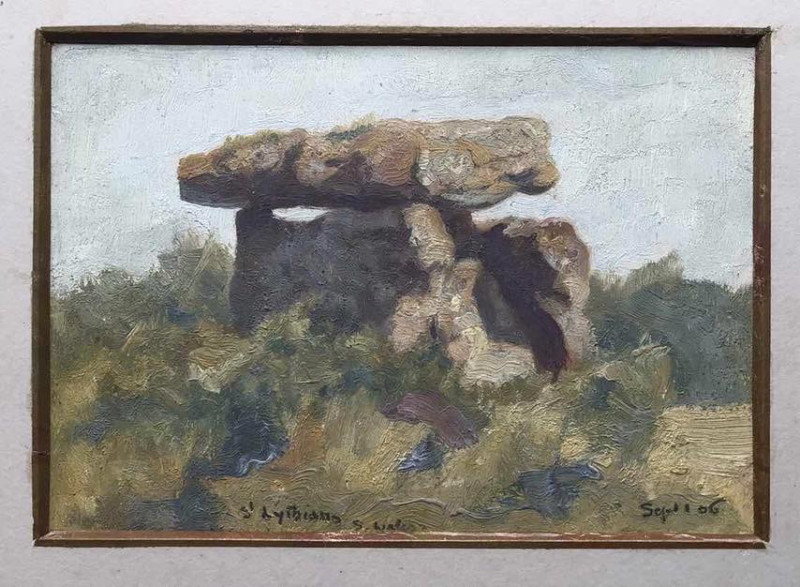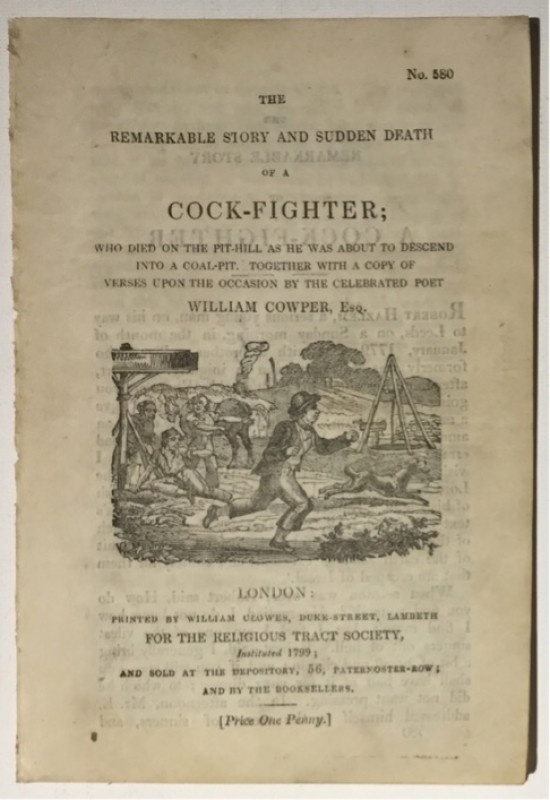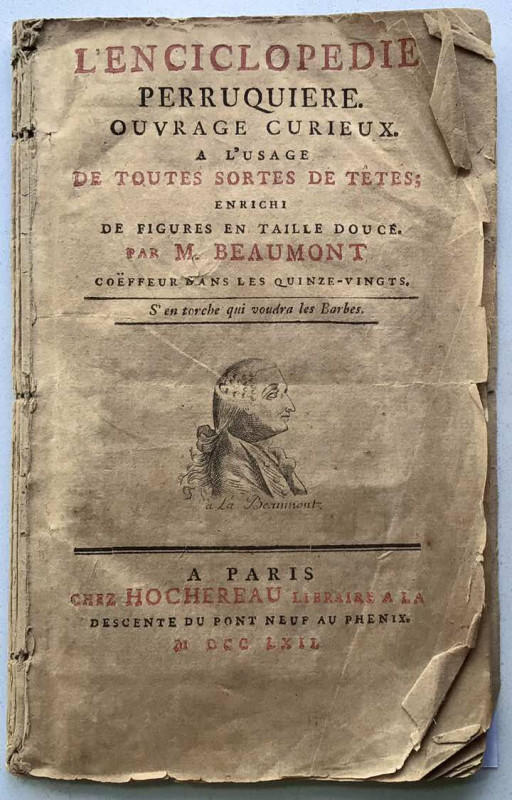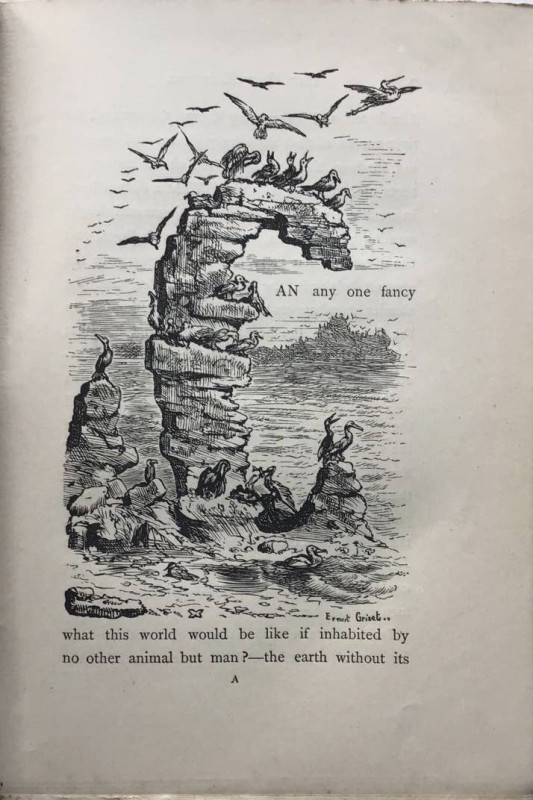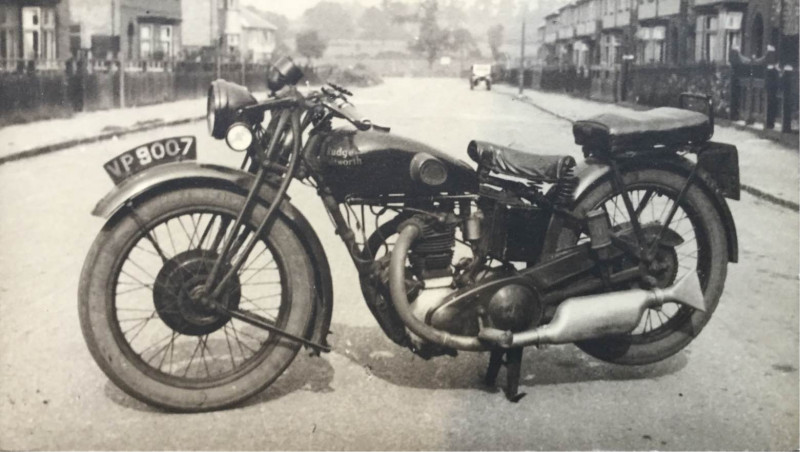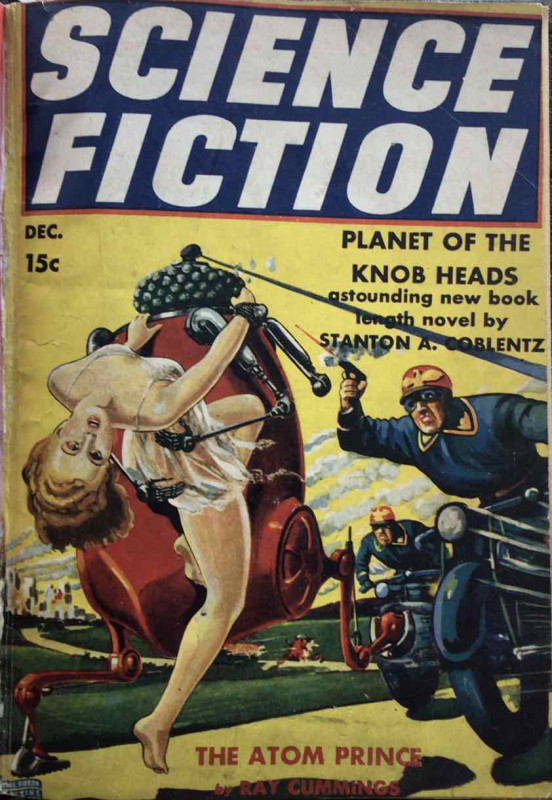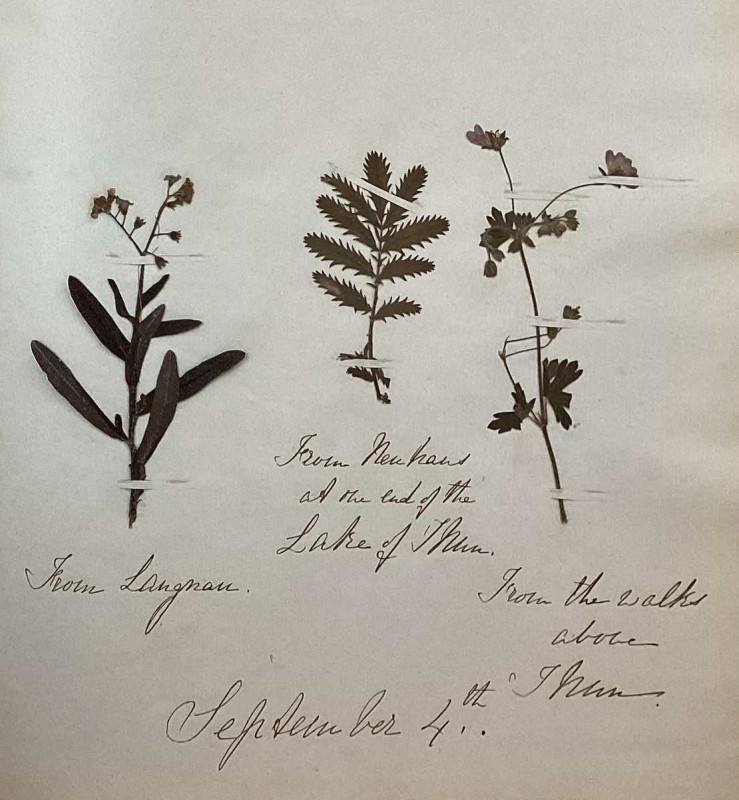Journal of a Tour in Kent 1839
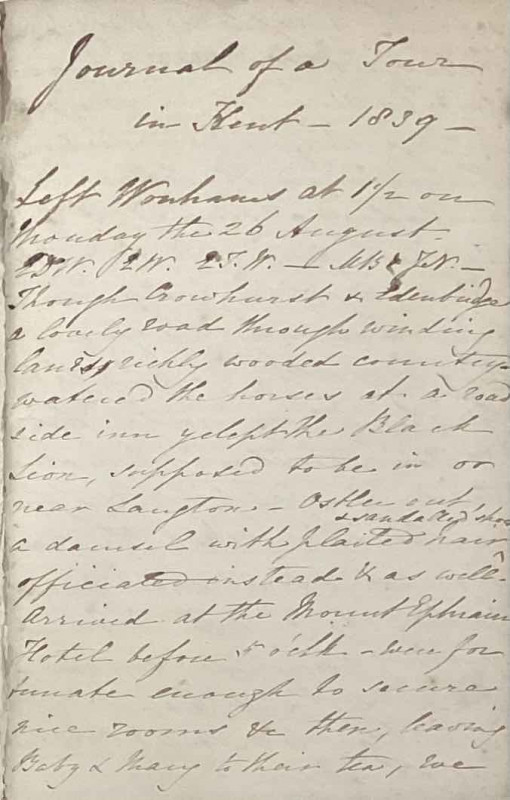


Book Description
MANUSCRIPT; “Journal of a Tour in Kent 1839”. Written into a green leather soft covered blank book in a readable hand in ink. Pp 65. Approx 17.5 cm x11 cm. The family [ ?.D.W, L.W. and L.J.W.] leave “Wonhams” [possibly members of the ancient Wonham family from Newdigate, Surrey] at half past one and arrive via Crowhurst and Edenbridge in Tonbridge Wells Ephraim Hotel, some thirty miles away before five p.m. They collect a letter at the post- office and purchase some of “ the pretty Tunbridge Ware”. They find a good bookseller, and later dine on salmon, mutton chops with porter/ Guinness whilst “serenaded by a distant band”-“This place is a very odd one methinks.” The next day, Wm [ William? Wonham?] introduces “dear babz” to prayers for the first time. They sally forth to the Ware manufactory- and note down the several processes in the journal. They then take a car [ carriage]to Frant, and skirt Lord Abergavenny’s park, arriving by chance at Mr Smart’s Camera Obscura, which they rather sneer at, before returning to Lord A’s estate, finding it more to their taste. [ George Smart 1774-1846, “the tailor of Frant” made folk art from the scraps from his tailoring. Mrs Smart was in the habit, as here, of stopping carriages as they passed their shop, which was situated at a convenient bend in the road. His art is much sought after today]. The entry reads thus; “at length were told to get out from our car , because we were come to Mr Smart’s ! Of course we obeyed, & forthwith were shewn into a queer sort of a hole ,& found it to be a camera obscura; very edifying no doubt & vastly entertaining as the good Mrs Smart much wished to convince us, especially in reference to a black sheep whose image was reflected there; & some linen hung out to dry- however with ? Park close at hand we had no wish to waste time or eyesight on Mrs Smart’s wonders…” They move on to Leith Hill, Box Hill, Godstone Hills, describing the views, and visit High Rocks , although “wretched taste has hampered them up with sundry sentinel’s boxes- vulgar in the extreme.” They leave T.Wells the next day and praise the roads but complain of the turnpikes, “13 in 30 miles”. Pembury and Lamberhurst are passed, Hurst Green and Robertsbridge follow, and they proceed to St Leonards, find comfortable lodgings there, and walk on the Esplanade. The party ride on donkeys to Hastings and snack on shrimps. The next day they dip in the sea “ mem. Do not go too far out when the tide is ebbing”, although the baby prefers “riding in pitty little goat cart”. The population of Hastings is given as 14,000 , and the ancient buildings admired- “a very curious and interesting town. “Count D’Orsay is figuring here, for the benefit of the coast Tailors” [ Alfred Guillaume Gabriel Grimod d'Orsay, comte d'Orsay 1801 – 1852, French amateur artist, and man of fashion]. The party attend church – [helping to administer communion, suggesting that one of the party might be a member of the clergy?] with a few pages of religious discourse noted. In the afternoon the author sets out to visit an uncle’s grave, but various diversions occur first, including a visit to Joseph Planta’s house in Fairlight Glen, the Dripping well and Lover's Seat., from which they see the French coast. Flying before a storm along the Winchelsea Road they shelter under a weeping willow. Here members of the party sharing the coach are named; “Emma, Miss Luttrell, & Emily Fanshaw”. The party miss the turning into the church gate and instead turn into Sir Howard Elphinstone’s gate by mistake and find themselves “full in view of the Baronet’s windows. He and his son left their food for they were dining and made with sore amazement for the window”. After ringing at the bell several times with no answer in an attempt to apologise, they drive off , Sir Howard & his progeny gazing with much apparent satisfaction and rudeness at our departure”. A wonderful faux pas at the property of a man known to be “notorious”. The journal records that because of high seas, the fishermen have not been out for three nights, so there is no fish to be had.
On leaving St. Leonards, the party head for Hurst Green, lunching at the George Inn on bread cheese and ale, the latter too strong for their comfort. They head on through Hawkhurst, and Cranbrook. An interesting page of accounts follows, comparing prices in hotels and lodging houses- the difference more than £1.16 sh. a day. On 6th September, Lady Astley calls, and a walk is taken to Sissinghurst where the tower has recently been capped and repaired. They move on the next day to Goudhurst, and then to Horsemonden and Hayselden Cottage to view Sir Edward Astley’s collection of “china, birds, beasts, pictures, cabinets, boxes, drawings and idols from all quarters of the globe”. This again, emphasises the social stature of the travellers- the diary describes many social visits to well connected society.
After Hayselden Manor Cottage the party pass through Golford, Bethersden and Great Chart, thence to Ashford where they wait at the Saracen’s Head, explore the main street and church, commenting on the bell ringers' records on tablets in the belfry- and the chimes are set off for their amusement. Leaving Ashford they travel to Hythe “a mean dirty little town” with the Military Canal nearby. They “moon about” Sandgate which they find dull and uninteresting although the sea very fine, before proceeding to Dover in the evening, staying at the crowded York Hotel. The next morning early, they embark on a mail packet for Calais. The journey makes the author very sick, and they go to the hotel Roberts for respite before taking in the town …” oh what vile pavements: narrow streets, bad shops & infamous stables!”. The French uniform they find “most slovenly” and at the church of Notre Dame were “painfully struck with all the vile Popish mummery- horrible representations of the crucifixion- loathsome martyrdoms- candles burning before dead saints…” and more criticism of catholicism and the French follows as they tour Calais before embarking for Dover. The return journey is unpleasant, and Dover cannot be approached, nor Deal or Ramsgate, until eventually Margate is reached after 6 or 7 hours of misery. They settle down at the York Hotel “provided with fire, hot water, hot negus & night clothes”. Drying their clothes after their voyage delayed the departure , giving time to “survey the dirt, vulgarity & Londonishness of Margate”before a half past three coach to Dover which took a very circuitous route back – via Ramsgate pier, Pegwell Bay, and Sandwich “ a dull, ugly, old-fashioned place with old brick houses and narrow streets”. They travel on to Deal, and there dismount, preferring to walk. Back on the coach they see Deal and Walmer castles, before finally catching sight of Dover castle. Violent rain ensues before they arrive back in Dover. The next day [19th September] the author sets out to try and replace damaged clothing and goes to the Wellington pavillion and a Bazaar in the Town Hall. The next day the party depart the York hotel which they praise for its accommodation and reasonable terms. They visit the castle with a guide and with “people of all sorts and sizes except gentlefolk” and declare the castle to be a noble sight and very interesting. Next stop Canterbury and the Cathedral – a long account. They stay at the “commodious” Fountain hotel, and leave the next day via Charing, where they dined at the King’s Head , on to Little Chart, Pluckley, Biddenden, and thence to Hayselden. The next morning it rains hard despite prayers. Edward Astley’s museum is visited again, and the party walks to Prospect Hill “and a beautiful prospect it was” with people busily hop picking and the view about 30 miles distant. The journey home was via Sevenoaks, Locks Bottom, and Tonbridge . The journal ends here, with a date of 24.9.1839. An interesting document with a well to do strongly anti- catholic author with strong opinions.
£395
“George Smart appears to have owned a camera obscura. This structure—that features within his Old Bright pictures in the garden next to his house—must have been an incongruous looking object in Frant back in the 1820s, most likely adding to Smart’s already eccentric reputation. Etc etc … Smart eludes to it within his printed labels, ‘…His camera obscura too/And telescope to take the view…’ and one wonders if he used it purely as a primitive ‘cinema’ experience within his garden etc etc.
But, other depictions of this structure show it to be quite large, making it more likely to have been used purely to impress his potential customers as this snippet from H.T. Stainton’s A Manual of British Butterflies and Moths, Volume 1, of 1857 mentions that, ‘…the first specimen I met with was in Mr Smart’s camera obscura at Frant near Tunbridge Wells’ and another mention in 1834 of a camera obscura giving views of the ‘furze-clad common’. Certainly Smart’s house would have had spectacular views across Eridge Park with which to dazzle any spectator, and maybe once inside his ‘camera’, it was less easy to leave without a picture or two under your arm.”
Author
Wonham family [?]
Friends of the PBFA
For £10 get free entry to our fairs, updates from the PBFA and more.
Please email info@pbfa.org for more information
